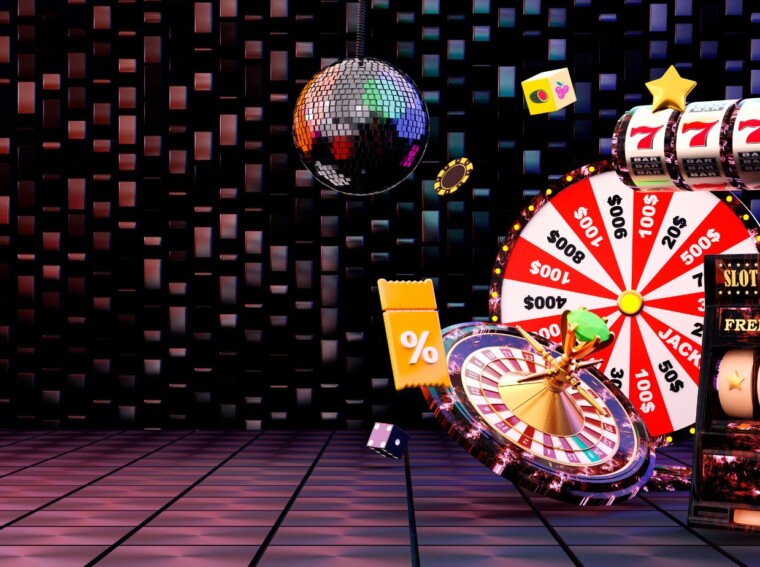Slots are an instantly recognisable fixture of casinos that have been around for over a century now. But while the core design of the games remains the same – with the spinning reels and goal of matching symbols – their inner workings have changed a lot over time.
From their start as a mechanical design to the computer-driven games of today, Slots have undergone a major shift. So, if you’re looking to understand how online casino Slots work and the technology behind the screens, then read on as we explore their inner workings.
Driving fairness with random number generators
When developers phased out the use of mechanical components, including the physical reels, they needed to make sure that they could replicate the random chance of spinning those reels. This led to the implementation of the random number generator (RNG).
RNGs are computer algorithms that create randomness through the generation of strings of thousands of random numbers in every second. Each number is assigned to the position of one of the symbols on the slot game’s reels.
This means that when a player starts a spin the software uses the current set of RNG numbers produced at that moment to determine what the outcome of the spin will be. All of this makes it impossible to guess the results of a spin, as nobody can predict which numbers the RNG will generate.

As RNGs have no memory and operate entirely on random, any given spin is completely independent of any previous results. This makes sure that slot games are fair and that all players have equal odds when they play.
Reels, Paylines, and Variety of Mechanics
When it comes to the backend of Slots, the RNG is doing most of the heavy lifting. But there’s still more to explore in the design of modern casino slot games.
Classic Slots featured just three reels and a single payline on the central horizontal line. You can still find games with that simple setup, but modern Slots have largely branched out from their origins with an expanded number of reels and paylines.
The slot games you’ll see today may have seven or more reels, along with a far higher number of potential paylines. Rather than just horizontal lines, modern games allow for diagonal, vertical, or even zigzag lines.

Some games even do away with the concept of paylines entirely in favor of cluster mechanics, where a payout is triggered if enough matching symbols appear on adjacent spaces. Altogether, this allows for games where there are thousands upon thousands of potential winning combinations, creating a greater degree of variety for players.
As Slots moved from mechanical to digital, this prompted a lot of changes, both behind the screen and on it. Random number generators allowed developers to create digital casino Slots that function fairly and unpredictably, replicating the random nature of the mechanical slot games of old.
At their core, all slot games are about delivering random results to every player, regardless of their unique theming or any additional mechanics.


